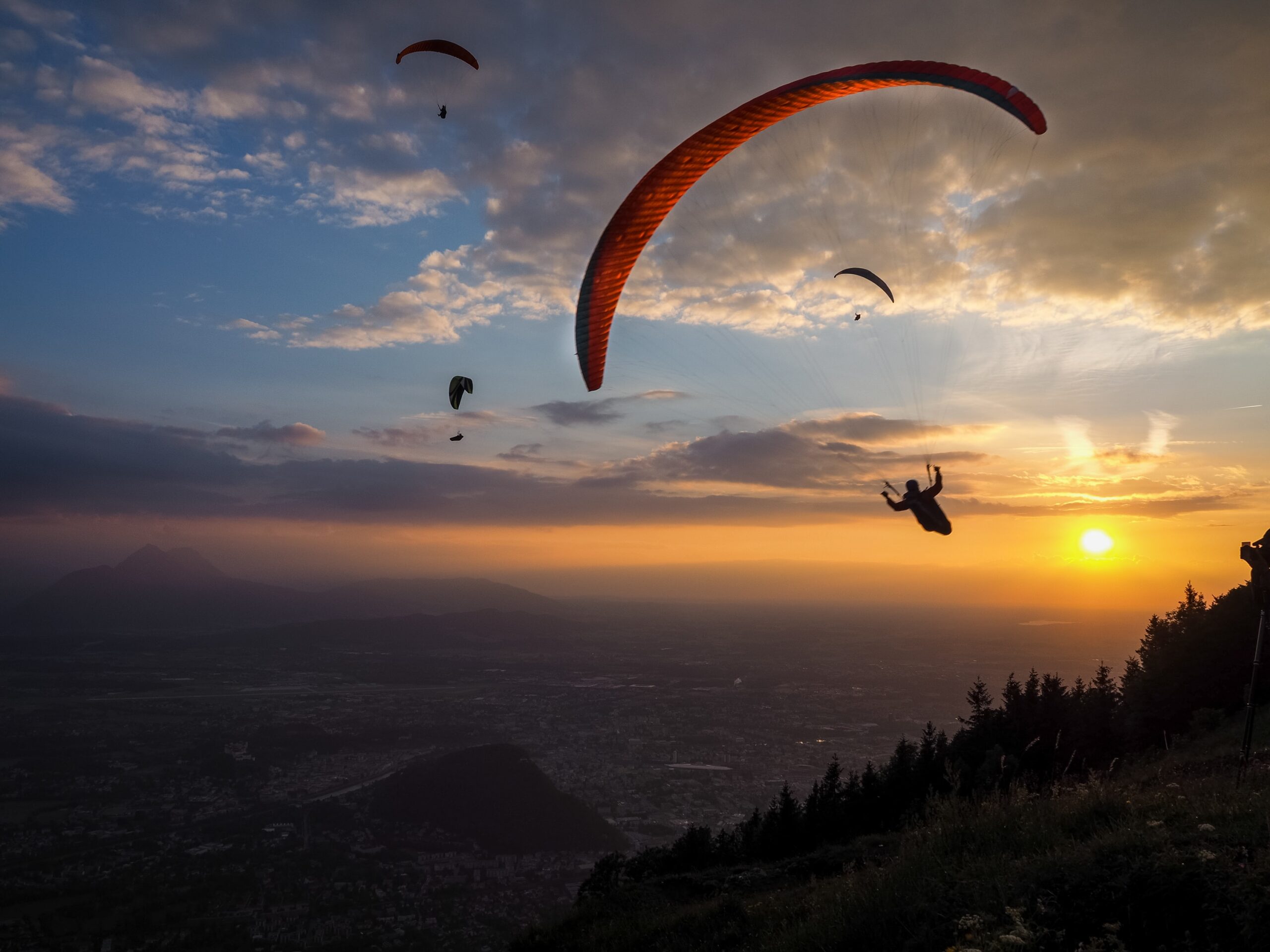Parachute training can be started by anyone after meeting several requirements included in the regulations defined by the local Civil Aviation Authority (CAA). Parachute training should be performed in a training center having an appropriate entry in the register of parachute training centers.
In most countries, it consists of two parts: theoretical training and practical training. Parachute training can be carried out using two popular methods.
1
Accelerated Freefall (AFF) method
Undoubtedly, this is the most effective method of parachute training. Usually, the course includes several hours of theoretical training. During this time, the student learns, first of all, the basics of safe parachute jumps, the construction of the equipment and the principles of its operation, emergency procedures along with their training on a properly prepared training station, aviation law, meteorology, and principles of moving in the air, exercises in the air and correct landing technique. Then, jumps are performed, during which the student completes the exercises with the assistance of the instructor. After completing all exercises and successfully passing the exam jump, the candidate becomes a student-jumper. From this moment on, the student can perform skydiving under the supervision of the instructor on the ground.
2
Static line method
It is the oldest method of parachute training. The theoretical training is almost the same as for the AFF method. However, the first jumps are made by the student from the plane flying at an altitude of 1000-1200 m. After separating from the plane, the parachute is opened with a rope attached to the plane. After making a few jumps with the rope opening the parachute for the student, and achieving the correct posture in flight while separating from the plane, a student will start jumping personally opening the parachute. As a result, with each jump, the student increases the deceleration and exercises body control. Training with this method takes approx. 35-50 jumps dependent on local regulations.



